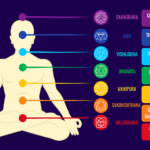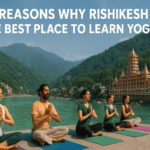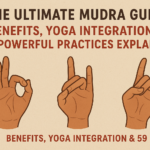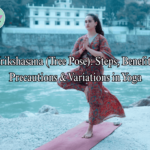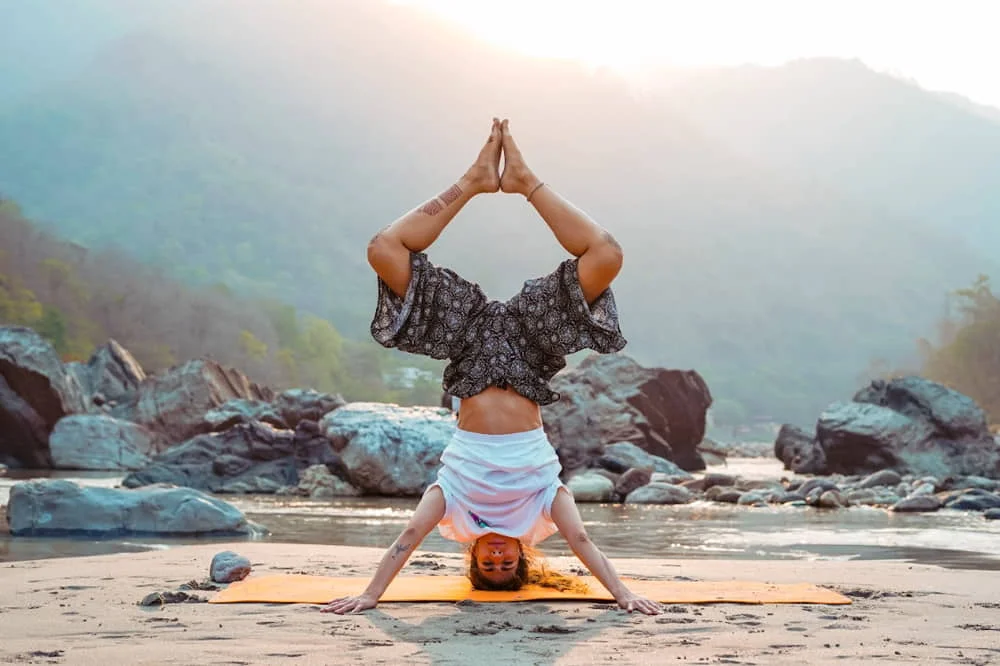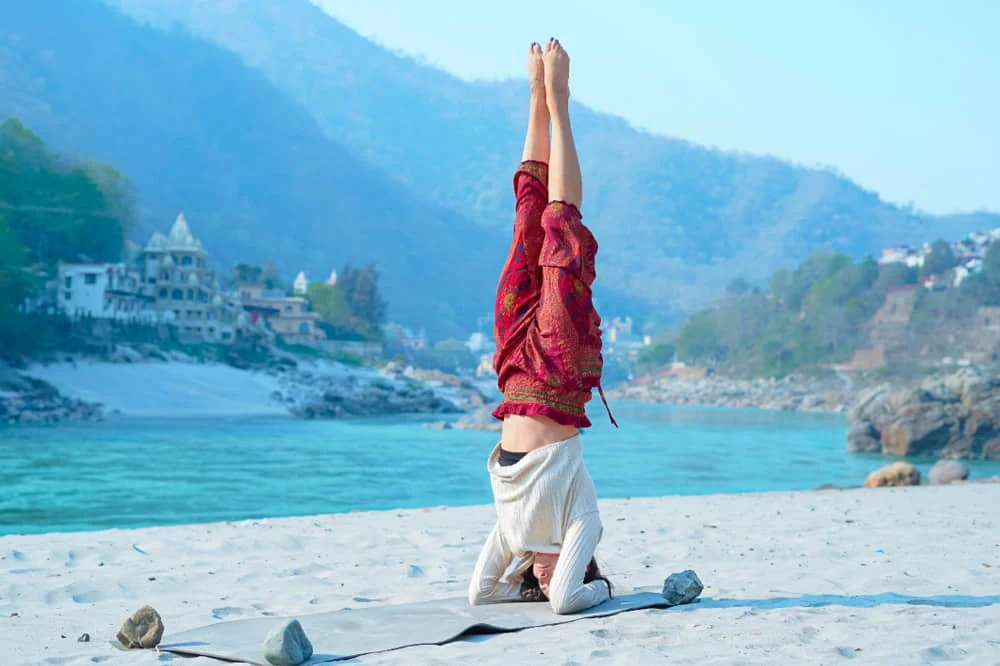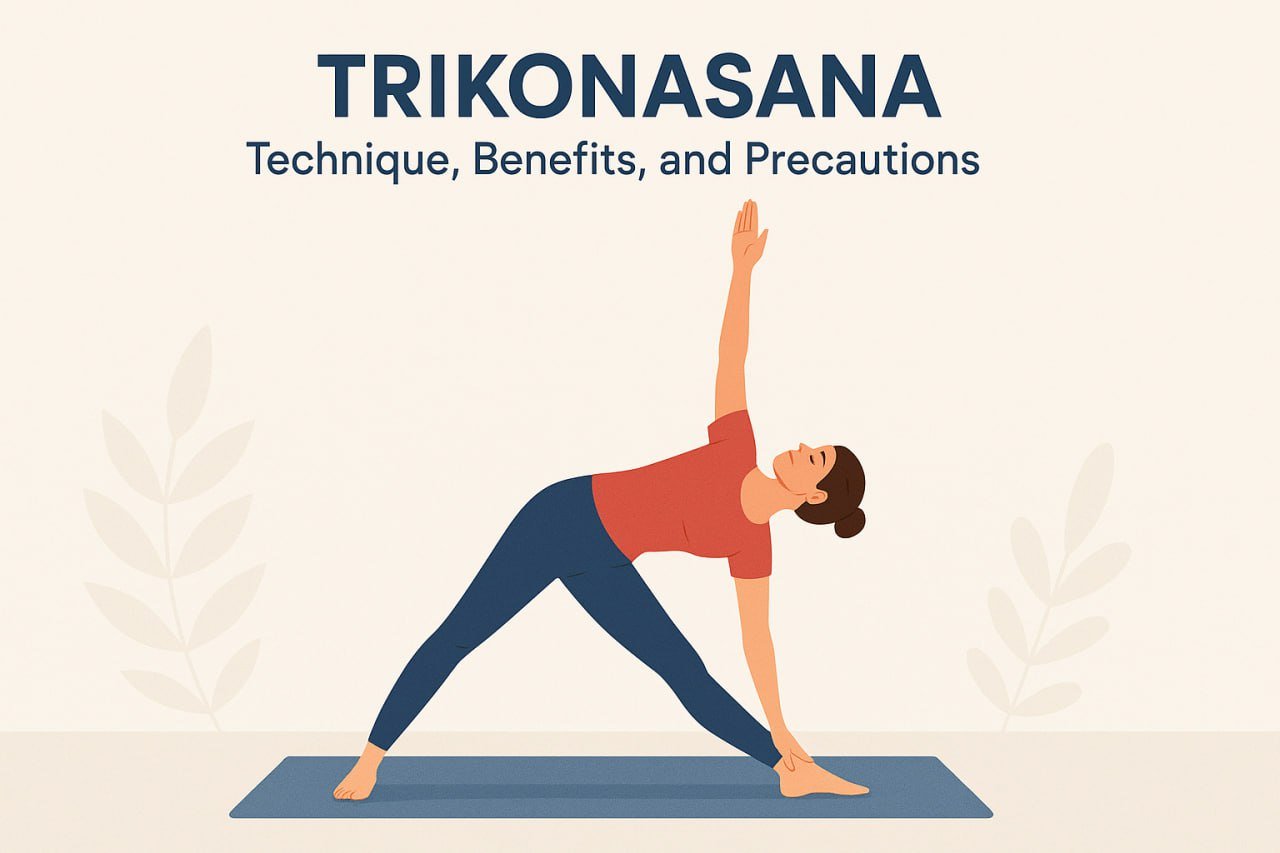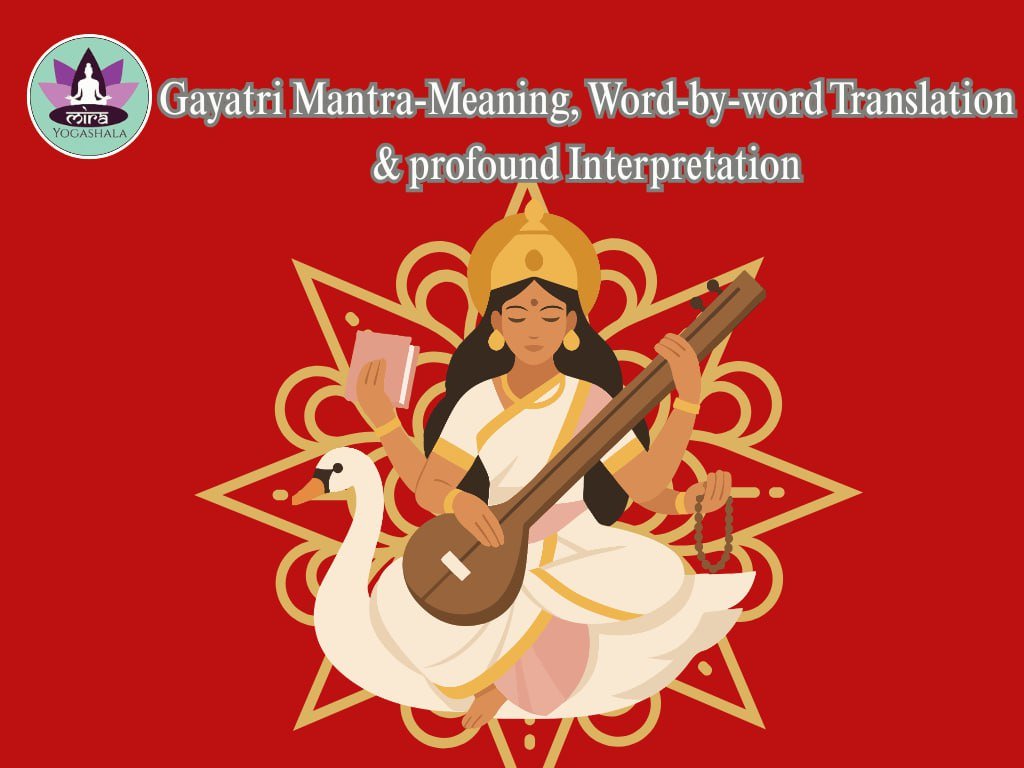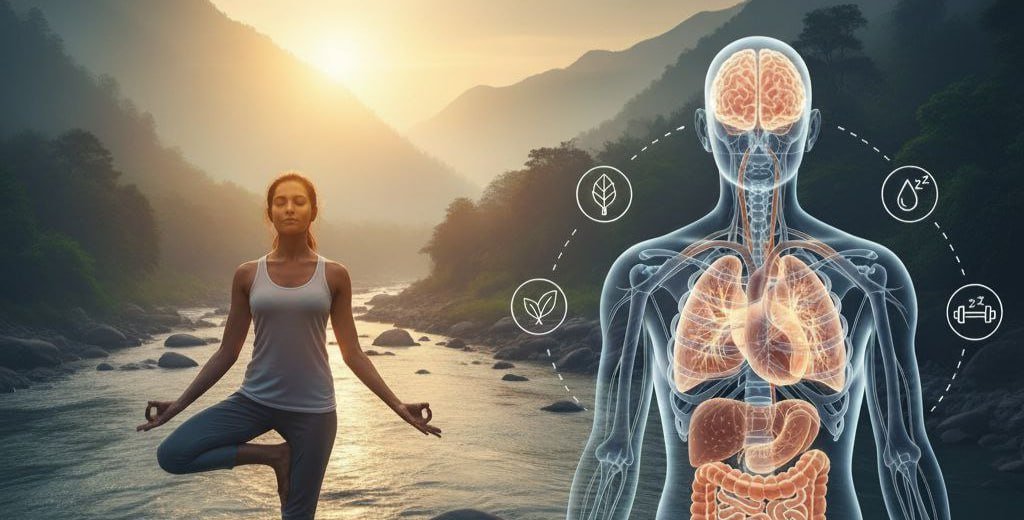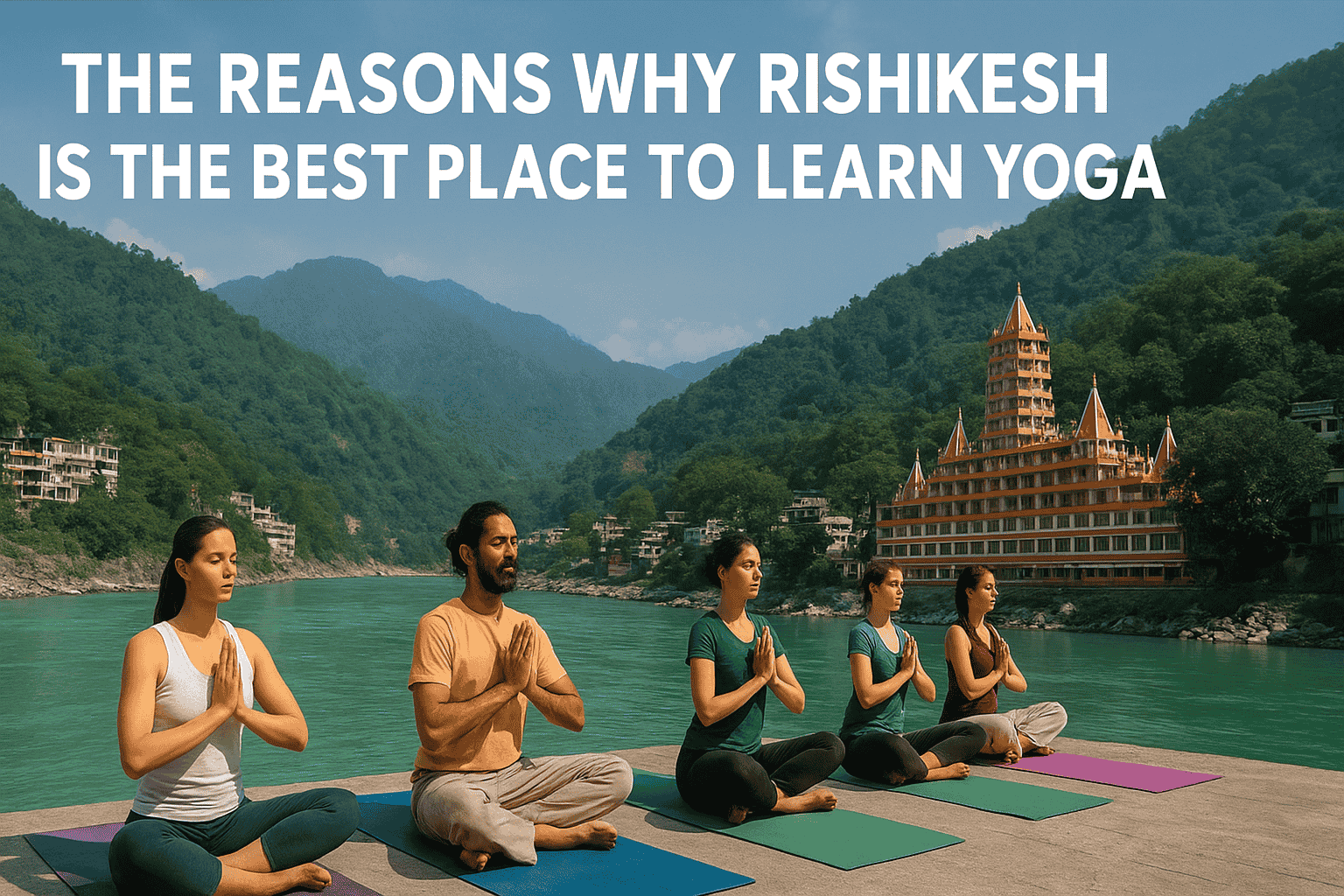Introduction to Child’s Pose:
Child Pose, usually known as Balasana in the Sanskrit language, is a soothing and restorative yoga posture usually practiced as a resting pose between more dynamic asanas. This asana looks like the way children naturally curl into a fetal-like position when tired or seeking comfort; that’s why we call this asana balasana, or child pose.
Child’s pose is more than just an asana; child’s pose, or balasana, carries a deep presence. ‘Balasana’ is a Sanskrit word where ‘Bala’ stands for child, and ‘Asana’ refers to posture. This asana is a folding position that reflects innocence, humility, and trust. There are many theories on practicing this asana daily. We can regain our childlike state of purity, free from ego and any kind of stress, while connecting with the present moment.
In yogic philosophy, Ishvar Pranidhana (surrender) is considered an important step in our spiritual or traditional growth. The child pose represents this thought by teaching us to release tension and rest in a free mind, or without stress. It takes a sense of calmness, encourages us to slow down, and helps us to restore or balance in both the mind and body.
“Summary—In this blog, you will learn what child’s pose is, how to do child’s pose, and its benefits and precautions. For deeper practice and certified yoga teacher training in Rishikesh, join Mira Yogashala, a leading school for authentic yoga, meditation, and wellness.”
How to do Child’s pose (Balasana)
Balasana is very simple to practice and can be practiced by anyone, as well as yoga practitioners.
Follow these balasana steps to get into this pose:
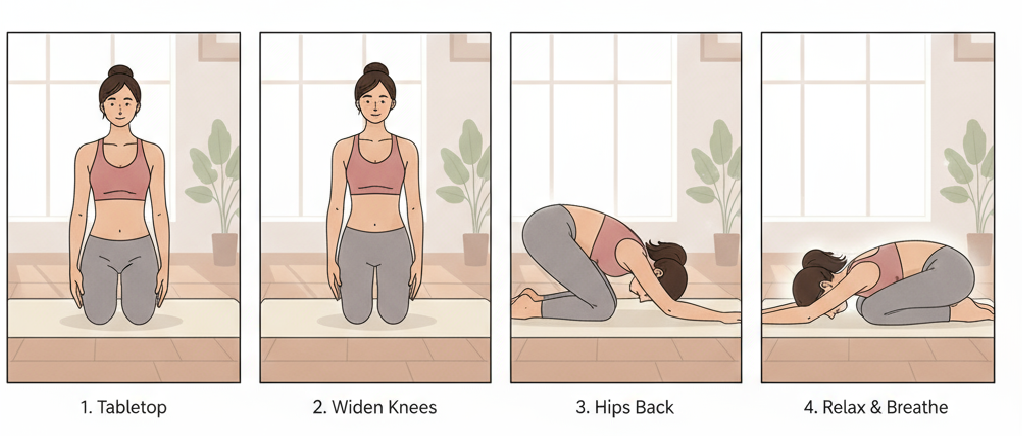
- Start with your hands and knees in a tabletop position.
- Place your knees a little away, with the width of your hips, and bring your big toes together and touch them.
- Slowly back your hips to your heels.
- Keep stretching your arms forward, and put your palms on the floor, or rest both your arms together with your body and palms facing upward.
- Slowly lower your forehead to the mat and relax your body (neck, shoulders, and back).
- Rest here for a few minutes, and focus on deep inhalation and exhalation.
You can rest in this position for a few breaths or several minutes, according to your comfort and intention.
Benefits of Childs Pose (Balasana)
Balasana is a healing yoga pose that supports both physical and mental well-being. There are some key benefits of the child’s pose, including:
Physical Benefits:
- Helps you to stretch and relax the hips, thighs, lower back, and ankles.
- Reduce tightness in the spine, shoulders, and neck.
- Improves digestion and keeps blood flowing well in our body.
- Relief from menstrual pain and feelings of tiredness.
- Child’s pose helps to flex your body and improve posture from time to time.
Benefits for mental & emotional health:
- Child’s pose helps to calm the nervous system and reduce stress, anxiety, and tiredness.
- Baby pose yoga (child’s pose) supports self-reflection and helps you to become more obsessed with yourself.
- Balasana helps you to keep grounded and more connected with your inner peace and calmness.
- Restore your chakras energy and prepare your body for yoga and meditation.
Child’s pose is a beginner-friendly yoga pose, which makes this course suitable for everyone, whether you are a beginner or an advanced yoga practitioner, including those who are recovering from illness, injury, migraine, or any kind of desperation.
Precautions during child’s pose:
Even if Child’s pose is considered safe and restorative, there are some precautions you should keep in mind:
- Knee injuries or pain – Individual who have sensitive knees should use support on their knees, like props (like a bolster or blanket), or avoid the pose.
- Lower Back Problem – Skip excessive turns of the spine and use support under the torso if it’s needed.
- High blood pressure – Try this pose with caution, preferably with the head elevated.
- Pregnancy – doing this exercise in pregnancy may be dangerous, but if you do this pose in proper guidance, it’s much more beneficial, but try to avoid forward folding. Wide-legged modifications may help.
Always listen to your body and modify until you feel comfortable. If you feel discomfort or pain, gently come out of the pose.
Conclusion:
Child pose (Balasana) is not just stretching. It’s a yoga pose where we need to meditate, which encourages surrender, humility, and a return to simplicity. It is very relaxing. Try to calm the mind and promote emotional well-being.
If you are looking to increase your yoga practice and want to explore the philosophy behind yoga poses like child’s pose, Mira Yogashala offers structured programs and expert guidance. On the other hand, if you want to explore programs such as Yoga Teacher Training in Rishikesh at Mira Yogashala, they are perfect for mastering both asana practice and yogic wisdom. You can join us by visiting:
- 100 hour Yoga Teacher Training course in Rishikesh
- 200 hour Yoga TTC in Rishikesh
- 300 hour YTTC in Rishikesh
- 500 Hour Yoga Course in Rishikesh
You can also visit our Retreat Programs in Rishikesh
FAQ
Q- What is Child’s Pose (Balasana) in yoga?
A: Child’s pose is a relaxing yoga posture where you kneel, sit back on your heels, fold forward, and rest your forehead on the mat. It represents surrender, rest, and grounding.
Q-What are the main benefits of Balasana?
A: Benefits of Child’s pose include stretching the hips, thighs, and ankles and relieving tension in the back and neck; mentally, it calms the mind, reduces stress and anxiety, and helps with relaxation.
Q-How do you do Child’s Pose correctly?
A: Start on your hands and knees, place your knees a little away, and bring your big toes together; try to touch them, and slowly back your hips to your heels. Keep stretching your arms forward, rest your palms on the floor, slowly lower your forehead to the mat, and relax your body. Rest here for a few minutes, and focus on deep breaths.
Q- Why can’t I sit on my heels in Child’s Pose?
A: If you are not comfortable sitting back on your heels, the reason may be tight quadriceps, stiff ankles, or knee sensitivity. Body proportions and lower back tension can also make it challenging. Use blankets or pillows for extra support; forehead visibility improves.
Q- Is Child’s pose safe during pregnancy?
A: Doing Child’s Pose with wide knees is better in pregnancy because it gives space for the belly and reduces pressure on the uterus. Pregnant women should avoid deep forward bends, and you can use pillows or blankets for extra comfort. Always consult with your doctor or a prenatal yoga teacher before trying these poses.


